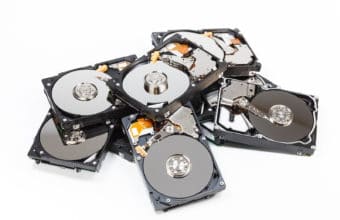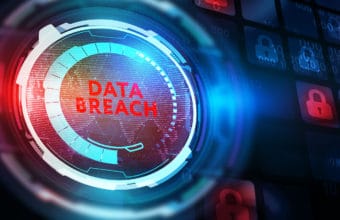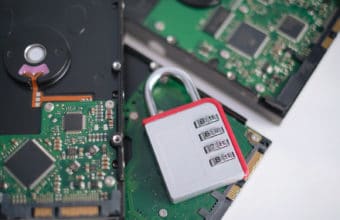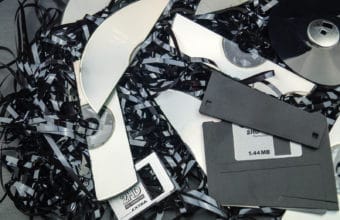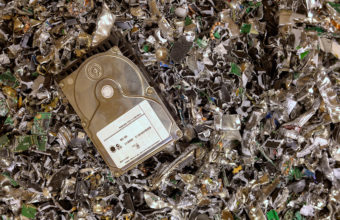News & Updates
-
Are Recordkeeping Requirements the Same for All Businesses?
One of the first decisions any new company must make is how to keep records. From measuring the operation’s profit margins to verifying that everything is in accordance with IRS tax requirements, accurate recordkeeping is critical to your company’s success. Fortunately, the IRS doesn’t mandate that businesses keep records in a specific format. As long […]
Read More -
3 Reasons Why Companies Still Want to Buy Your Used IT Equipment
Many companies now choose to buy used IT equipment, which is a major shift from previous years. According to IDC, sales of used IT infrastructure gear will surpass $36 billion by 2024. Benefits of Buying Used Equipment Used equipment still holds value, and there are several advantages to buying it: Improved Performance and Productivity at […]
Read More -
New, Used, and Refurbished: What Do They Mean?
New, Used, and Refurbished: What Do They Mean? For many companies, buying new IT equipment or getting rid of old systems means making important decisions about where new devices come from and where the old hardware goes. Understanding the entire pipeline of IT infrastructure, from purchase through use to disposal, is critical to maintain data […]
Read More -
Intentional vs. Unintentional Data Breaches: The Dangers of Each
Intentional vs. Unintentional Data Breaches: The Dangers of Each Modern businesses rely on data for vital systems and operations. The collection and analysis of user statistics, traffic metrics, and other important information allow businesses to provide cheaper, more efficient services than ever before. While data is a powerful tool, lost or stolen information can have […]
Read More -
From Point A to Point B: How to Safely Transport Your IT Equipment
From Point A to Point B: How to Safely Transport Your IT Equipment Companies go to great lengths to keep their IT equipment safe. A healthy IT infrastructure is essential for storing and securing vital data. However, sometimes an organization might need to move its IT equipment to another site. When this happens, it’s important […]
Read More -
Data Destruction: The Different Types and How to Choose
Data Destruction: The Different Types and How to Choose Data protection and user privacy are the responsibility of businesses, and the proper disposal of information is a critical part of operations. Internal teams, clients, and partners all have valid reasons for their data to be protected. Rendering information unreadable is the only way to be […]
Read More -
4 Tips to Help Prevent Data Loss
4 Tips to Help Prevent Data Loss For businesses that rely on data, failures can mean catastrophic losses that interrupt operations and increase costs. Whether from neglect or carelessness, data loss means valuable information is at risk. Destruction, deletion, or theft of important user, financial, and operational records can leave businesses with little recourse. Rather […]
Read More -
3 Things to Know About Your End-of-Life (EOL) Equipment
3 Things to Know About Your End-of-Life (EOL) Equipment When computer equipment reaches its end of life (EOL), it’s important to keep in mind the impact that it will have on your organization. EOL equipment typically means outdated and unreliable hardware, and potentially compromised data, which brings in security risks and costs. Those seeking to […]
Read More -
What Types of IT Equipment Should Have a Disposal Policy?
Disposing of old IT equipment can create security vulnerabilities. Data that isn’t properly wiped or destroyed can be used by malicious actors. Many organizations have their old hardware wiped or destroyed to render the information no longer readable. This approach means knowing which devices should have a disposal policy for end of life (EOL). A […]
Read More


